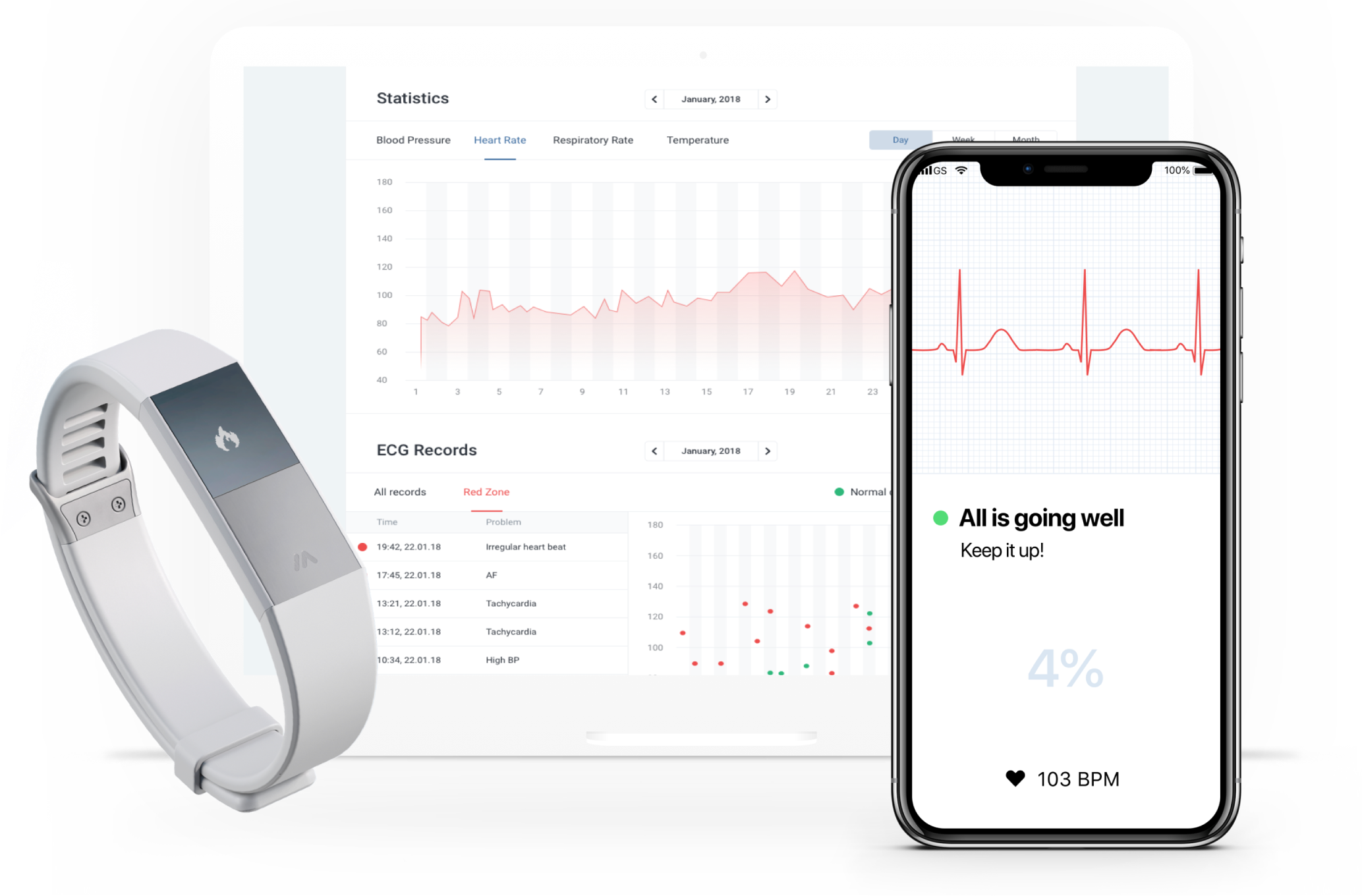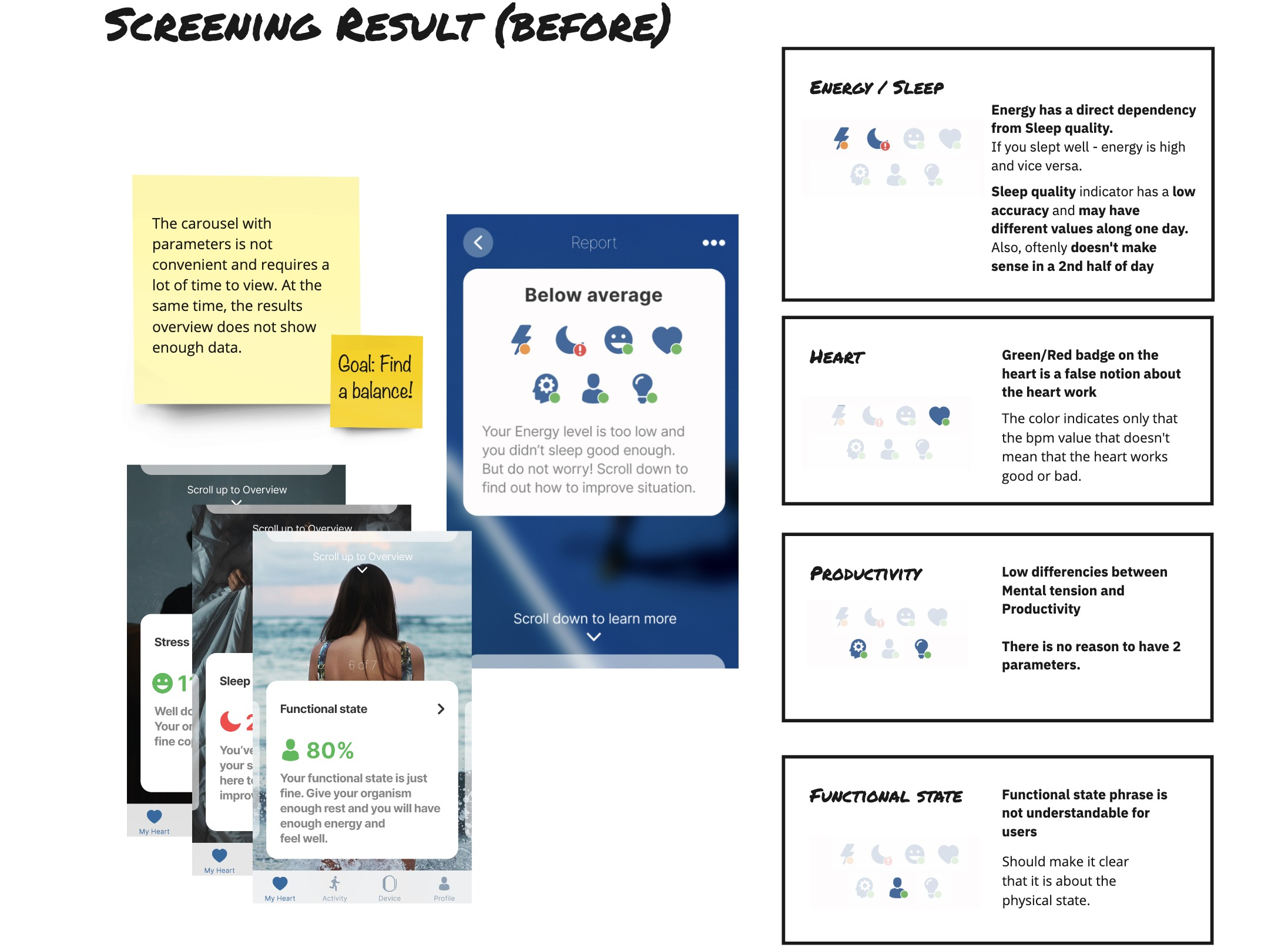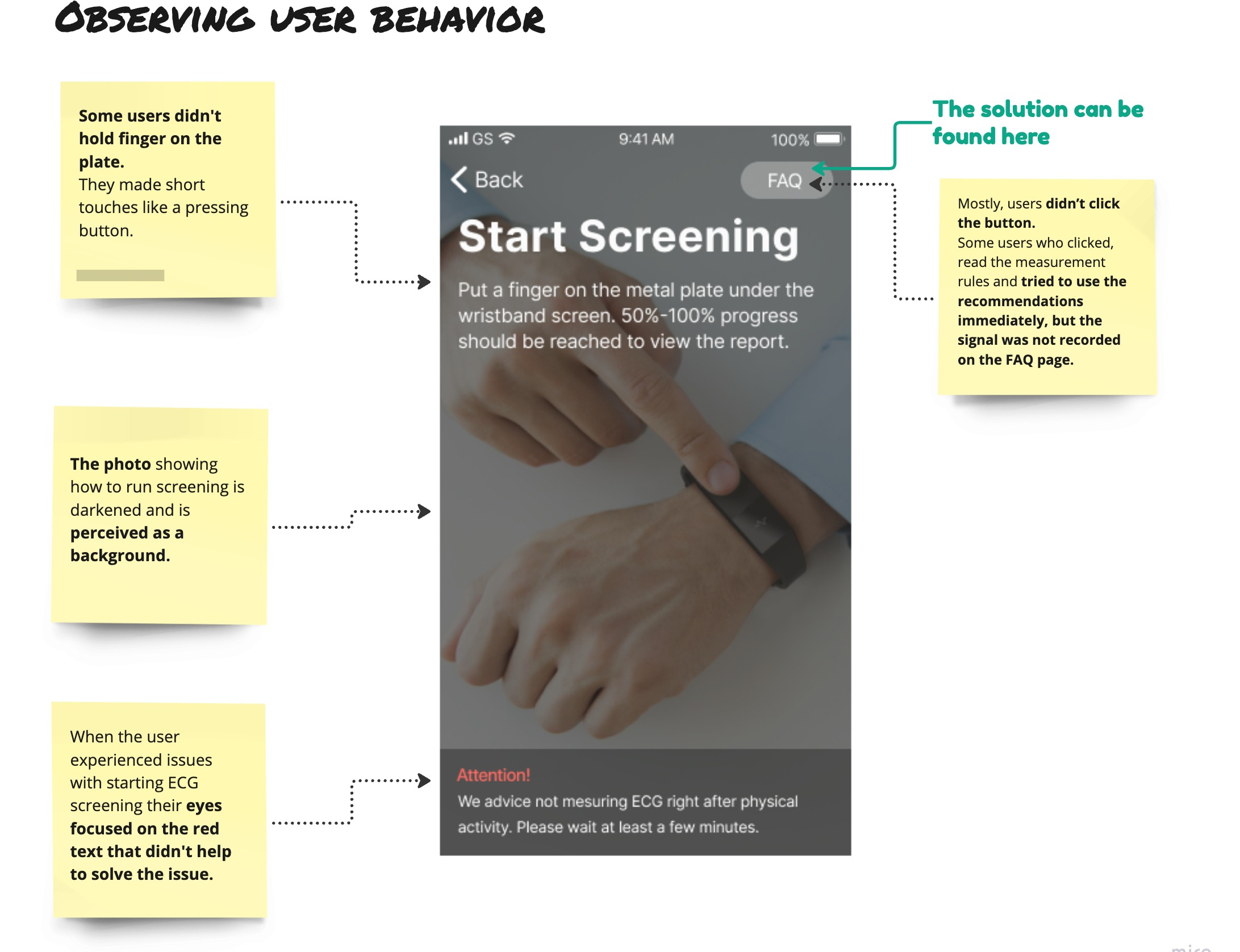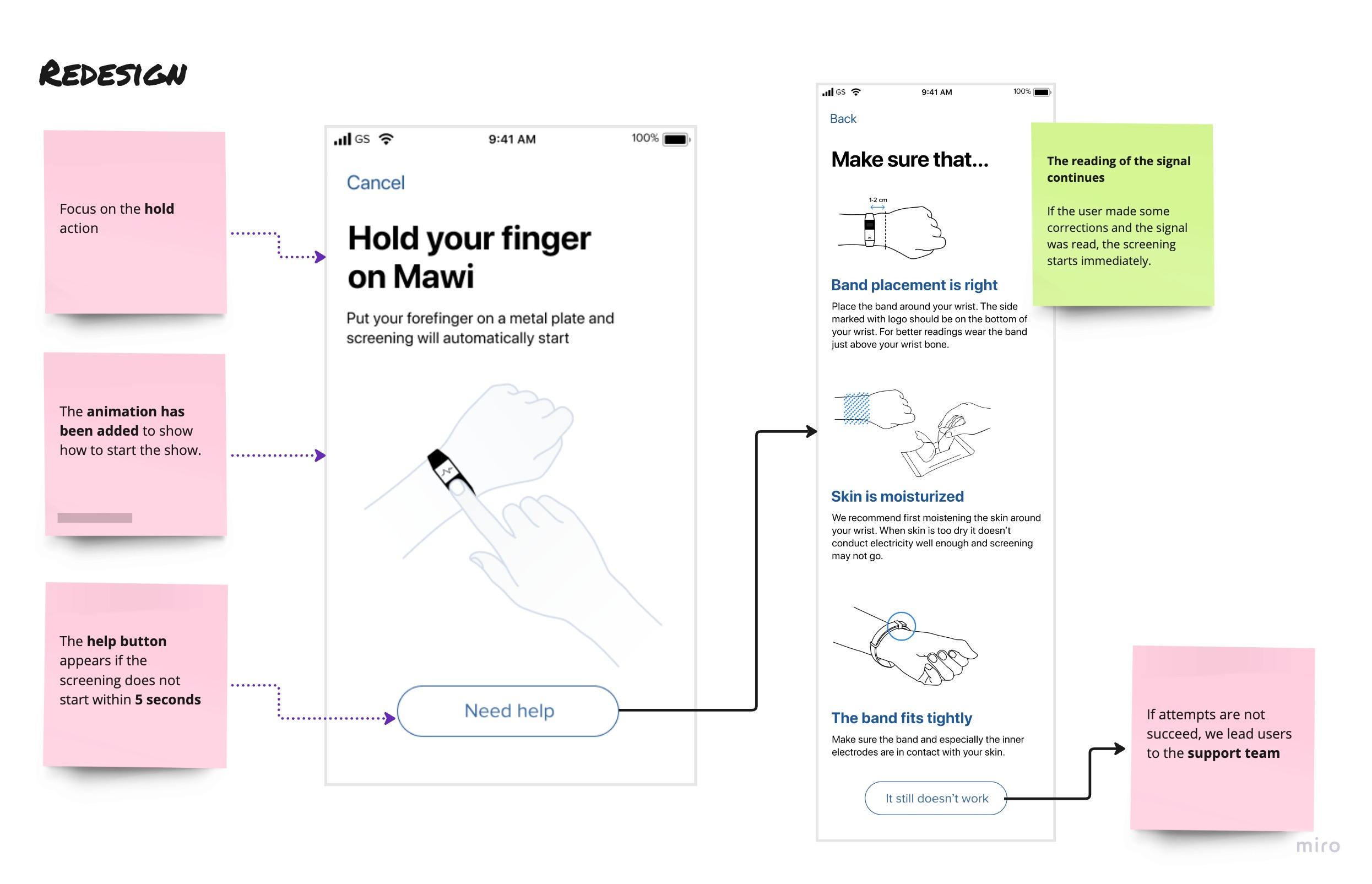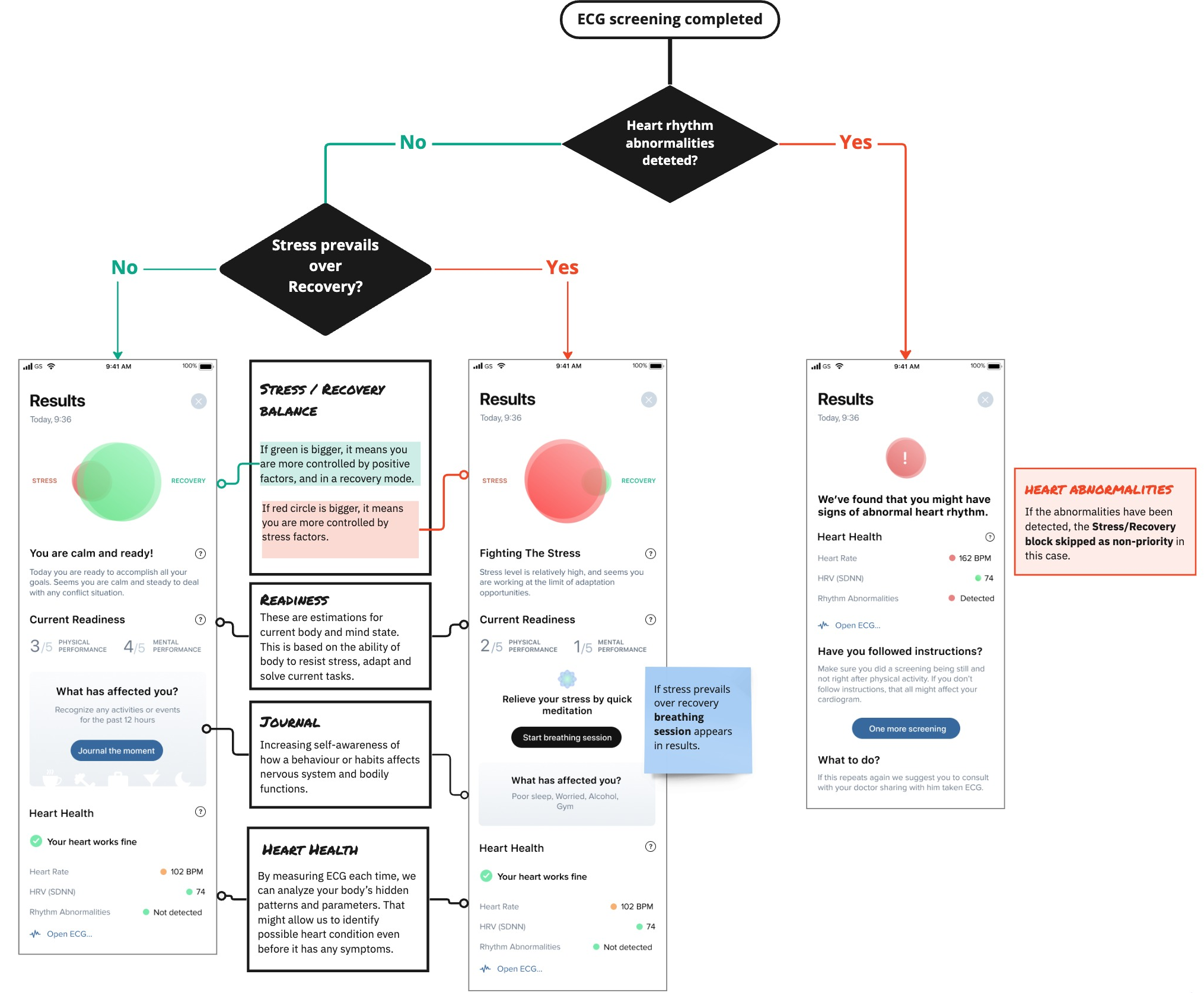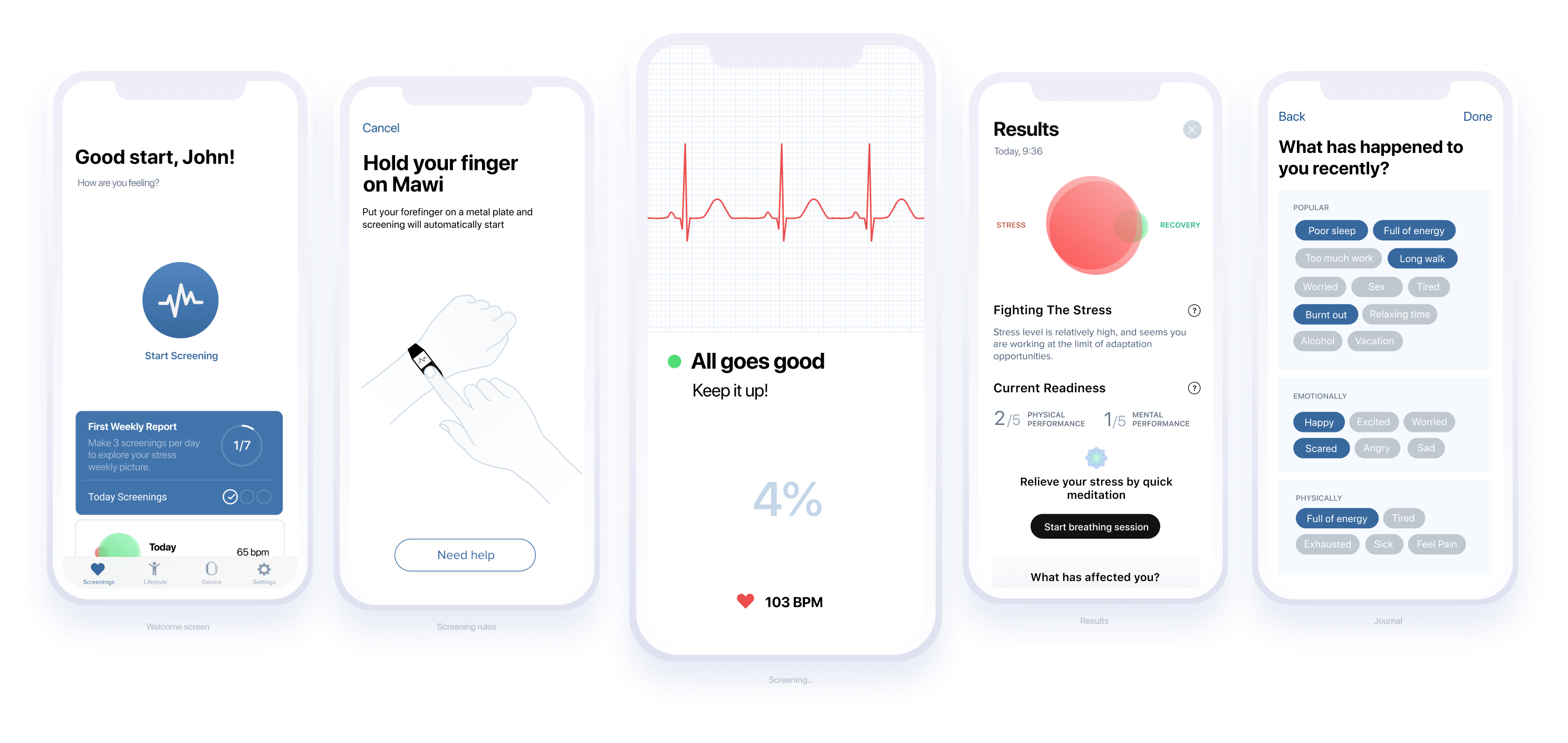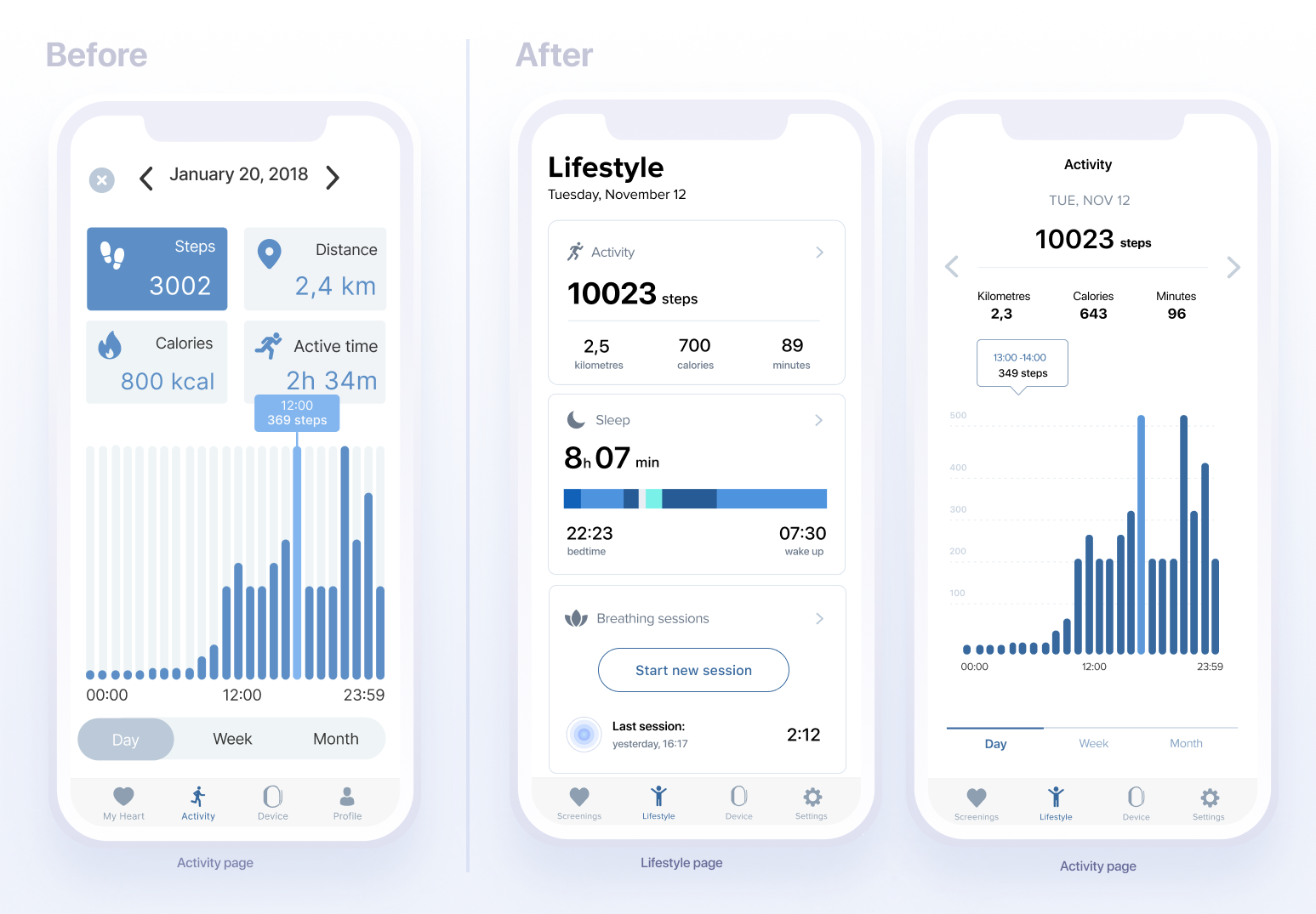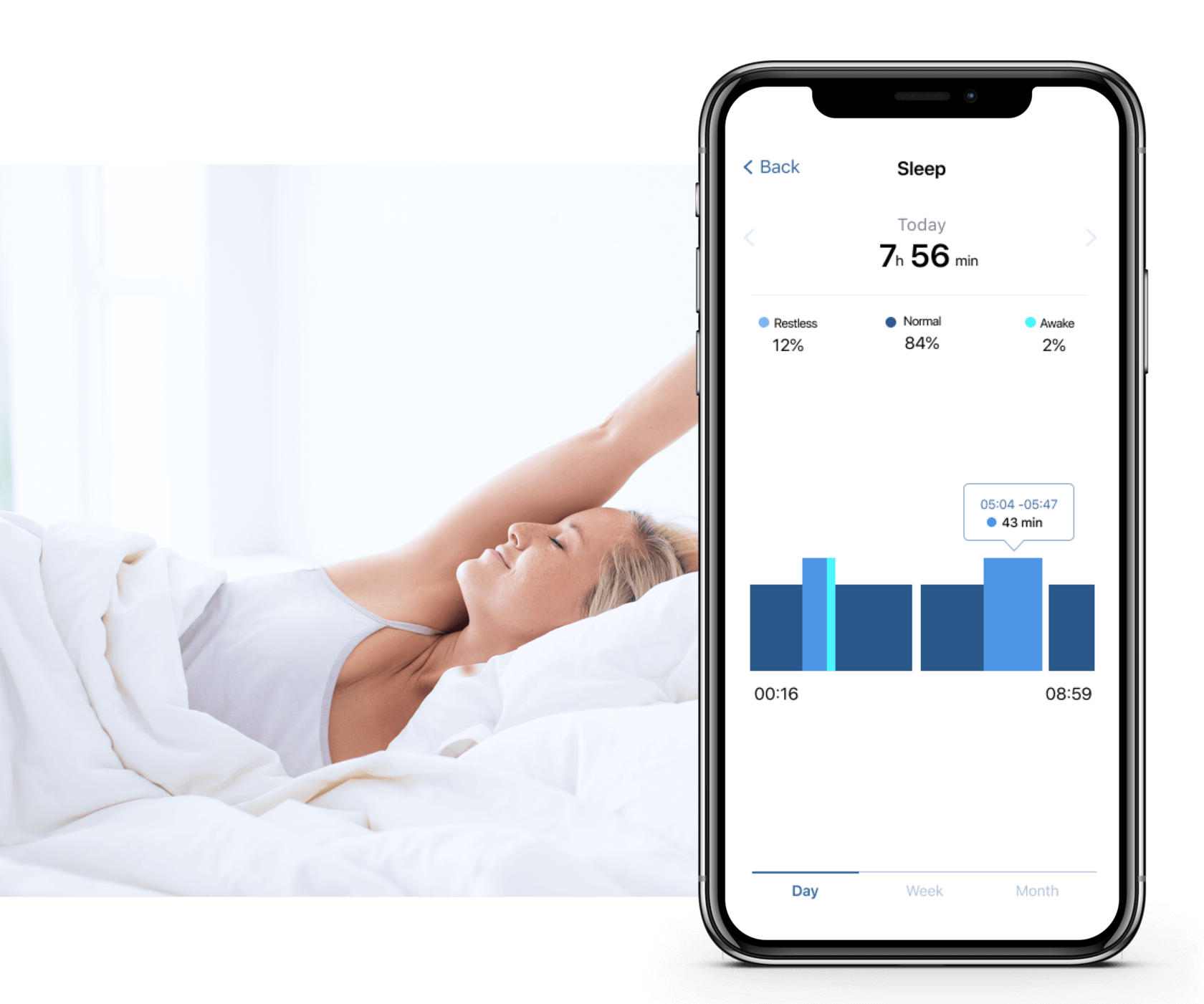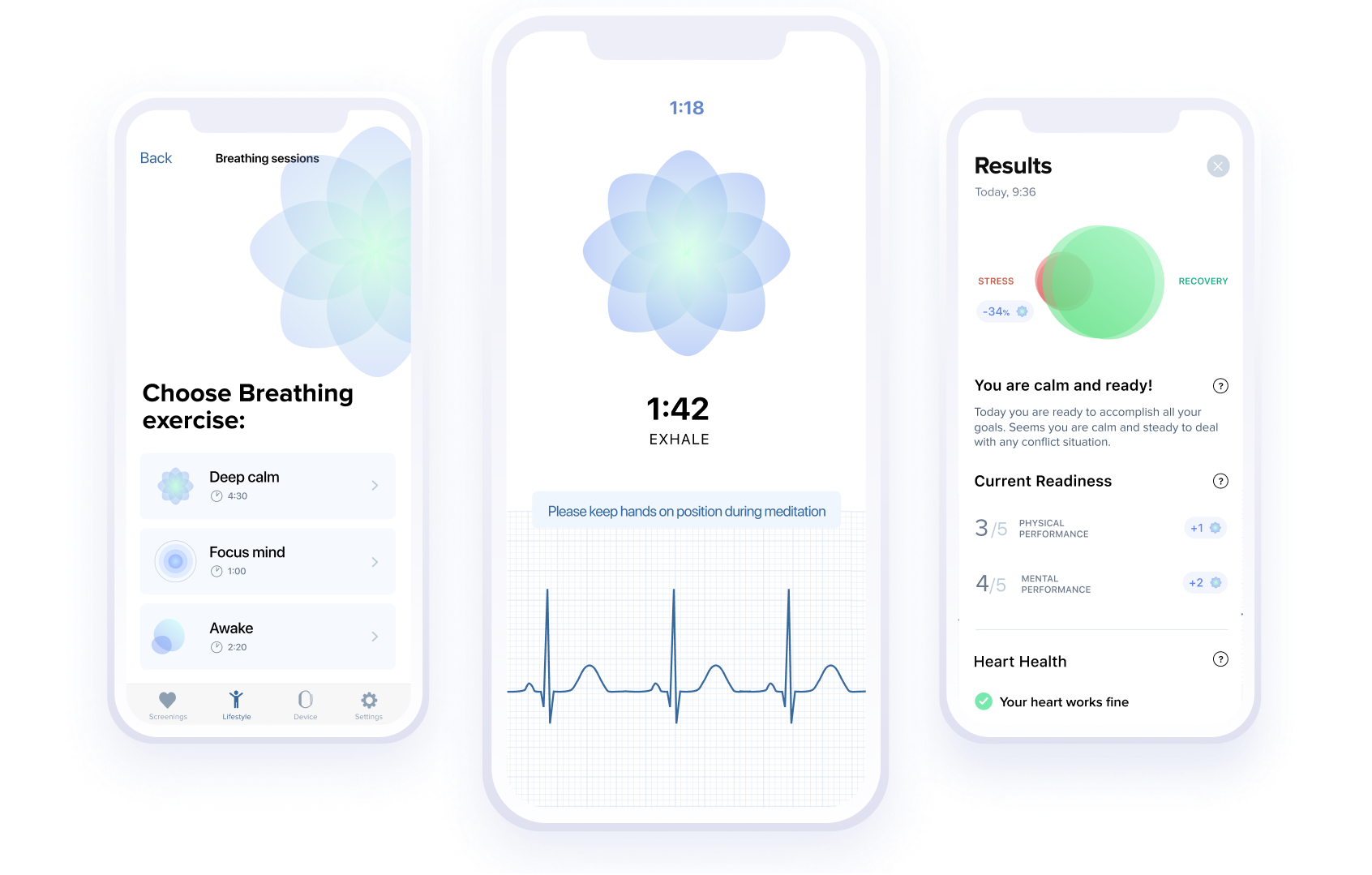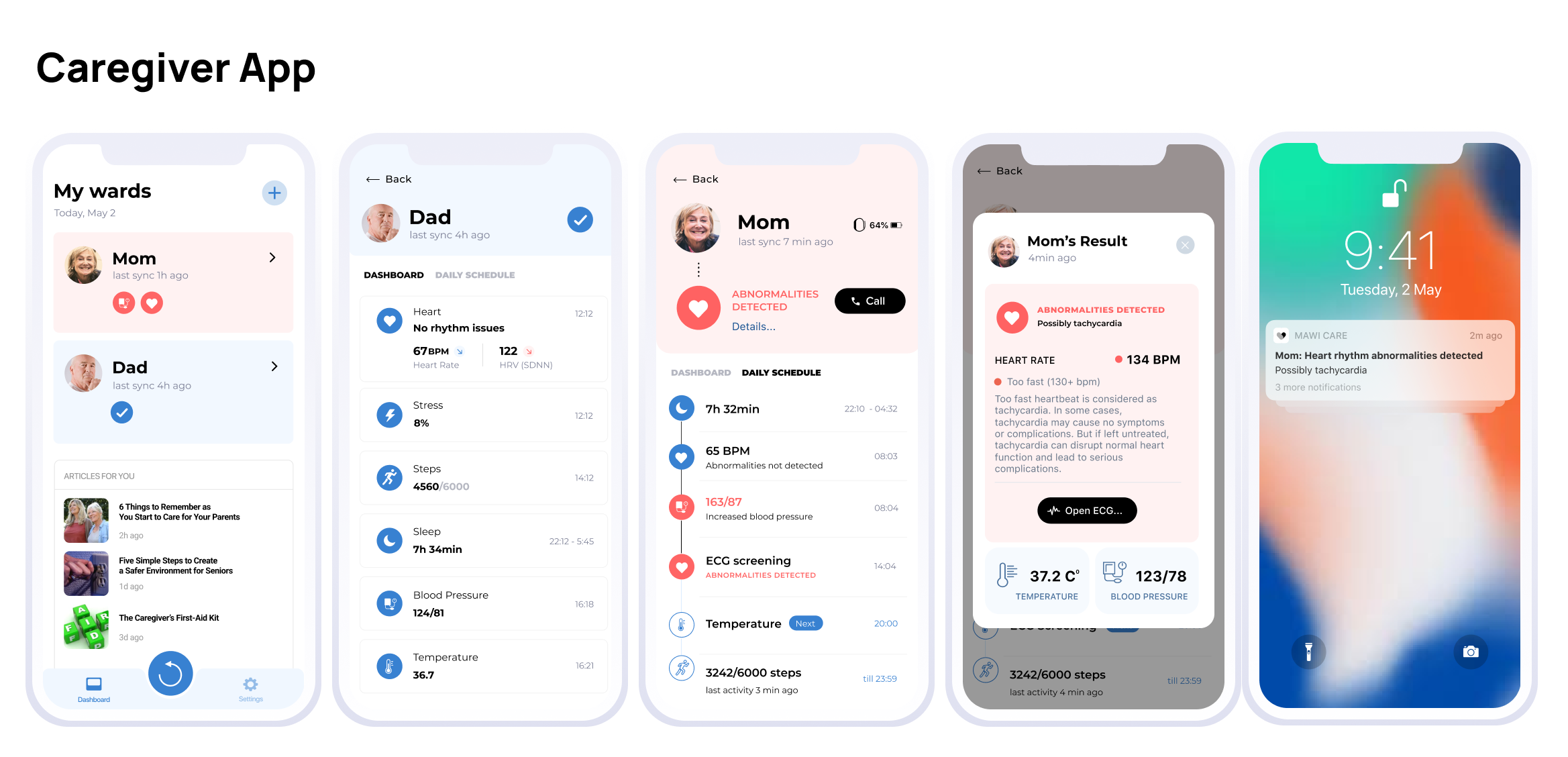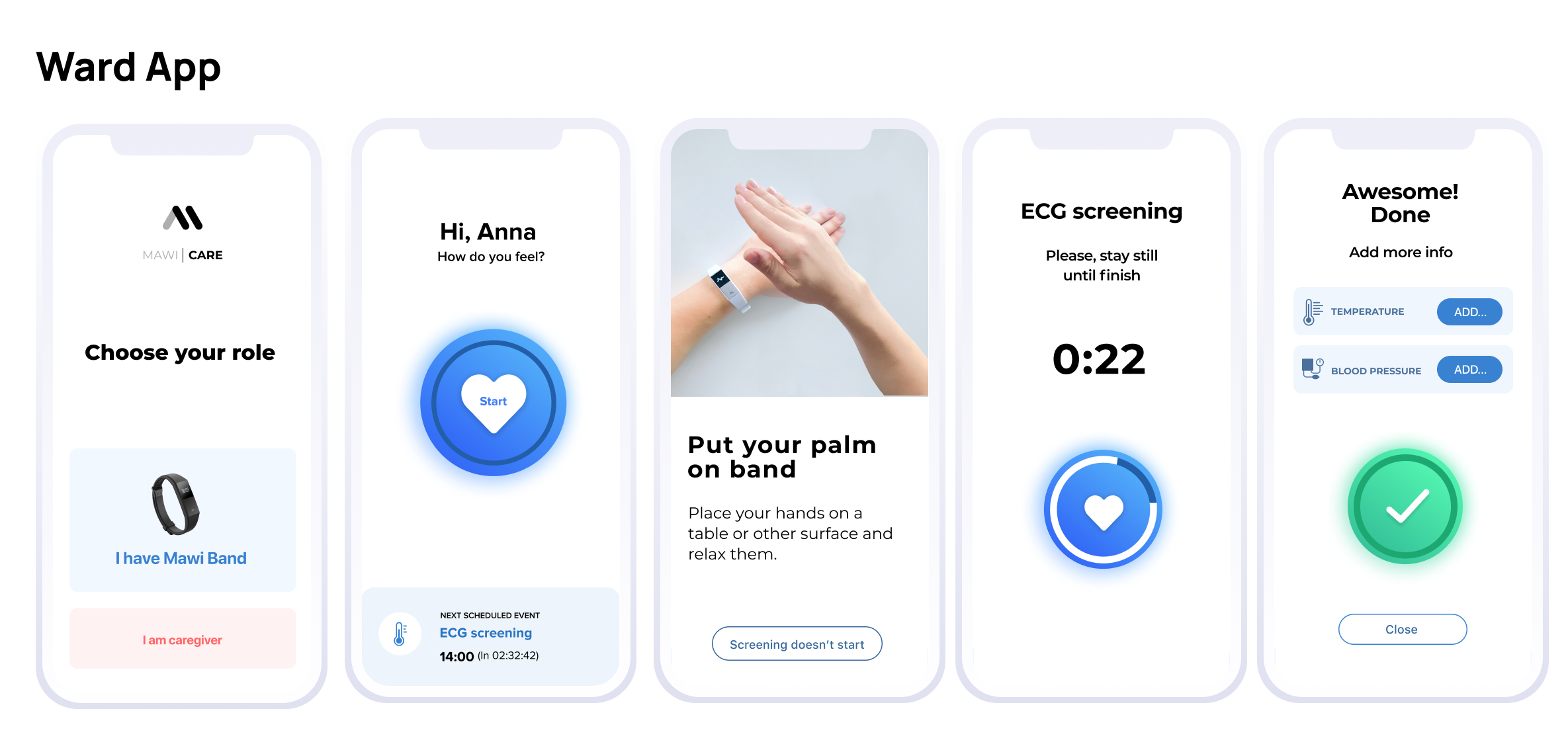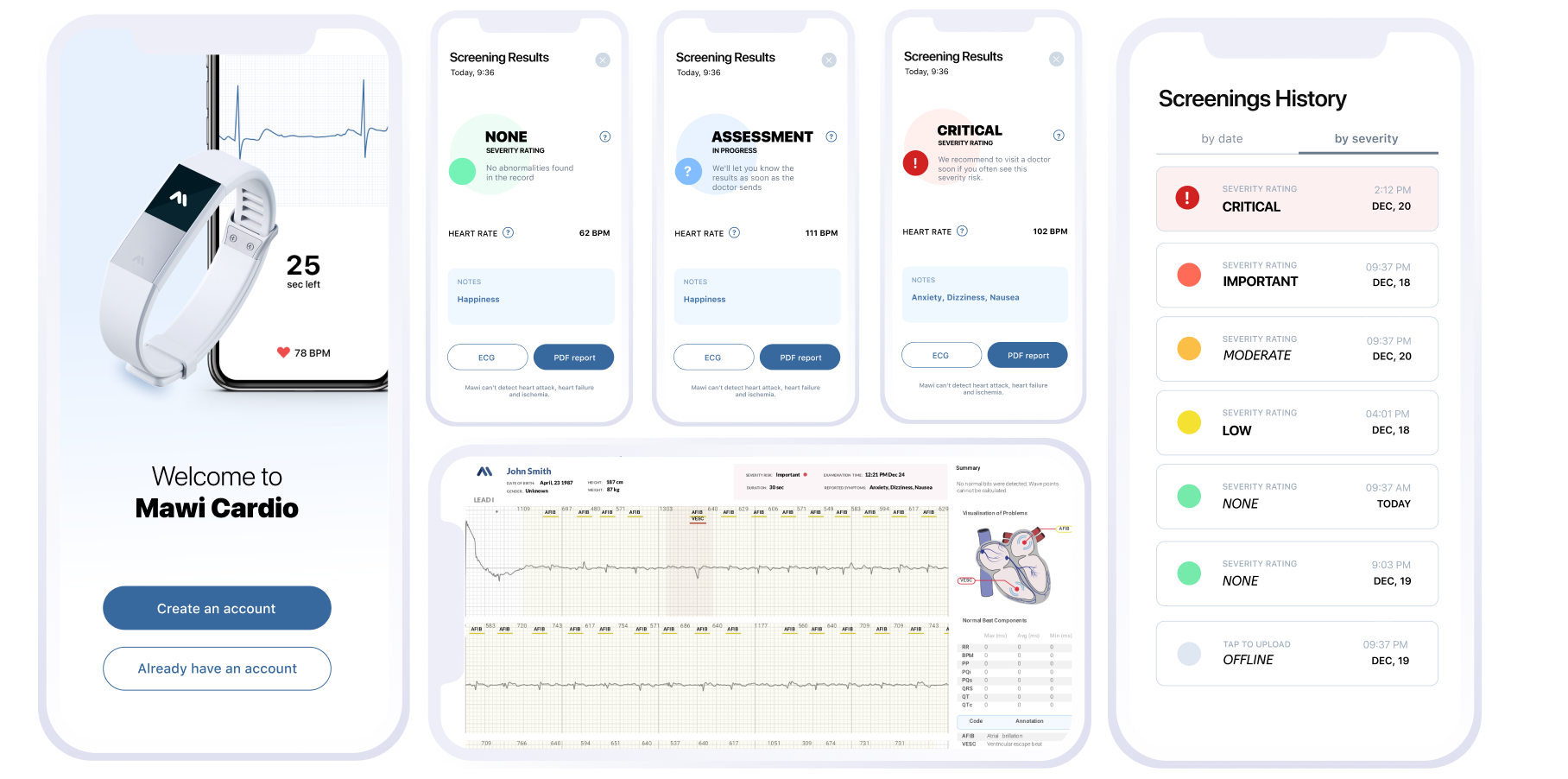#2 Screening Results
Stress has been chosen as the main focus for several reasons:
- We have a metric, HRV, that accurately reflects the level of stress in the body.
- Stress levels are variable and depend on many external and internal factors. We believe this will encourage users to track their stress levels more often and help address the issue of inactive users.
- The problem of chronic stress and burnout is prevalent in our time.
After studying numerous scientific articles about stress, we settled on the concept of "Stress/Recovery."This concept is based on the idea that the key to well-being is finding a balance between the amount of stress we experience and our ability to recover from it.
Exposure to stress over long periods without adequate recovery can lead to physical and mental health problems.
#3 Lifestyle
Before the redesign, the tab was called Activity and only displayed information about steps taken, burnt calories, and distance. However, the redesign has renamed it to Lifestyle and added two new features: Sleep and Breathing sessions, in addition to the existing Activity information.
Activity
The Activity page has been updated with a new UI to ensure consistency with all other screens.
Sleep
The data science team developed a sleep-tracking algorithm that provides the best possible results based on the available data. As similar algorithms were already present in the market, we saw no point in reinventing the wheel. Prior to developing the design, we conducted a competitor analysis, and identified the best implementations.
Based on these findings, we developed a design that meets all required criteria.
Breathing sessions
In the new concept of screening results, we answered the question of users: "What is my stress level now?"
But having received a result in which the user has a high level of stress, a logical question arises, "And what to do next? How to reduce it?"
Understanding this, we decided to add the functionality of breathing techniques. You could see the section with them in the screenshots above. Again, this was not an innovation, it was a period when applications like Calm and Headspace were at their peak, but the main feature that distinguished us from our competitors was the screening.
We combined meditation with ECG screening, thus giving a direct answer: "Did meditation help? How did the performance change?"
So, we had a block of breathing practices within the high-stress results. But this is already a solution to the problem that has occurred. But if we're talking about well-being, it's more about avoiding the occurrence of such results. So we've added a block of breathing practices into the lifestyle so that the user always has access to it.
